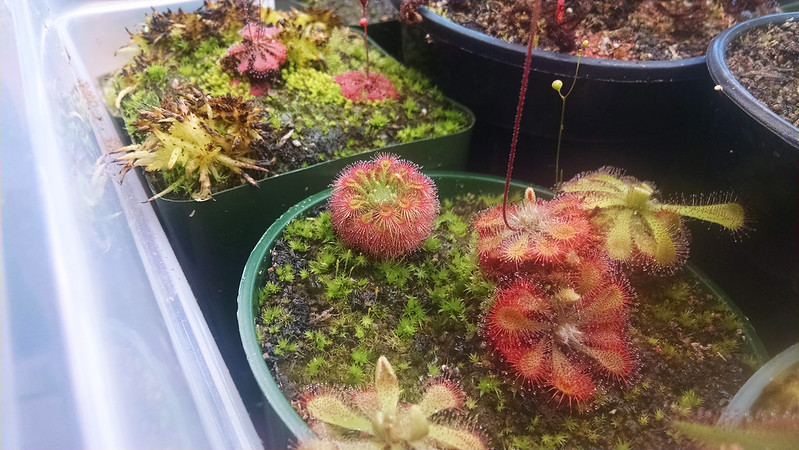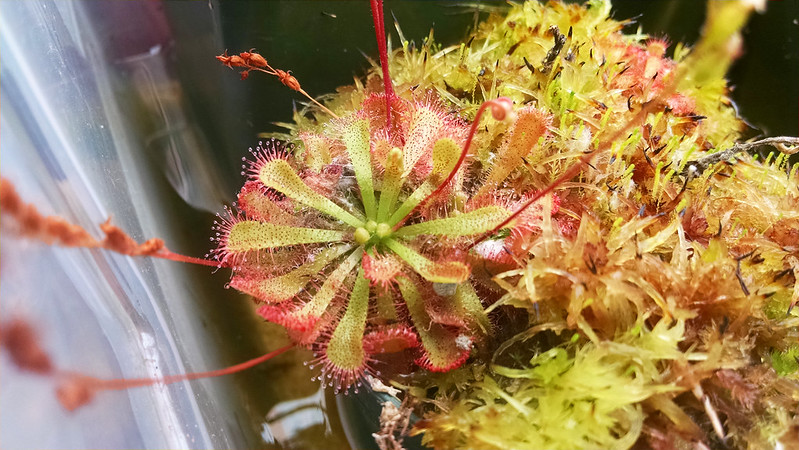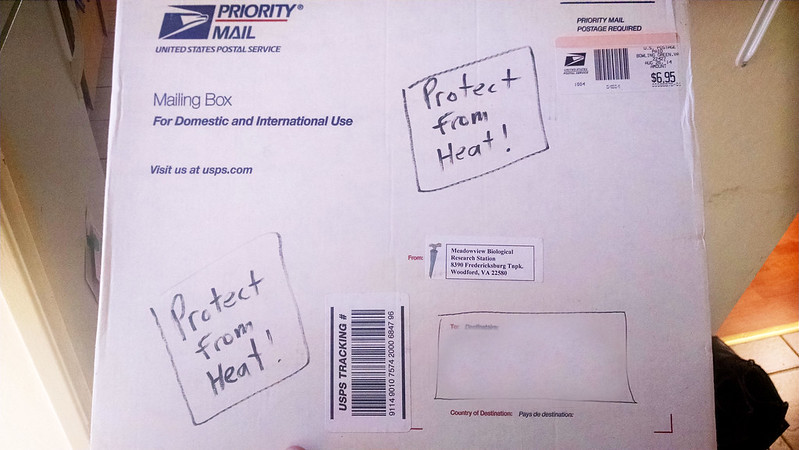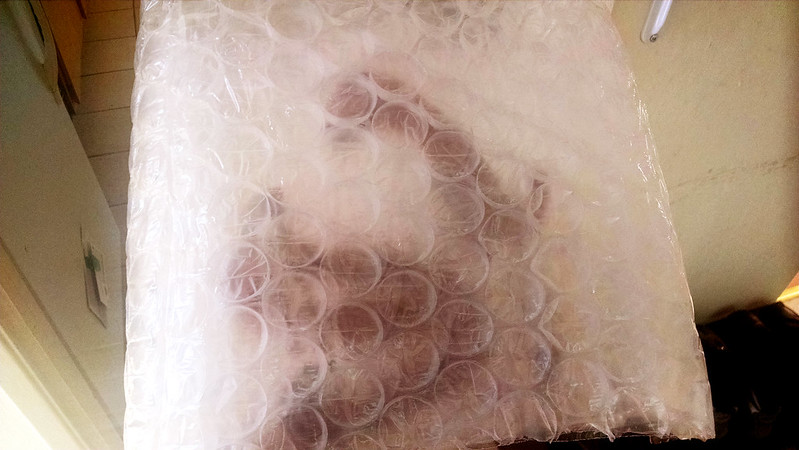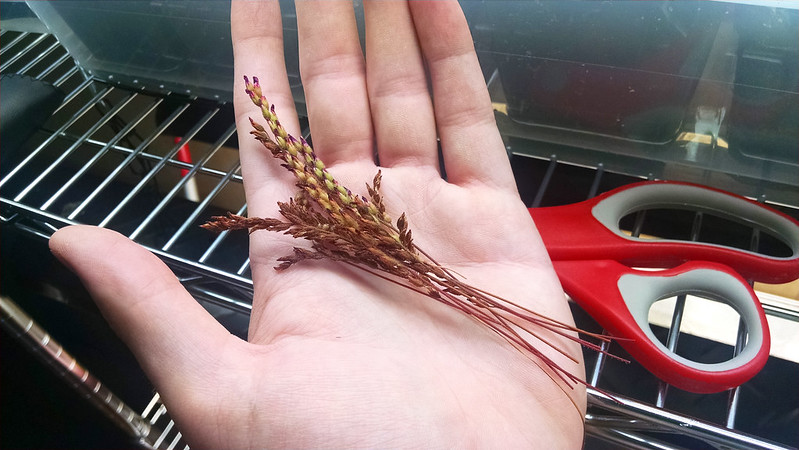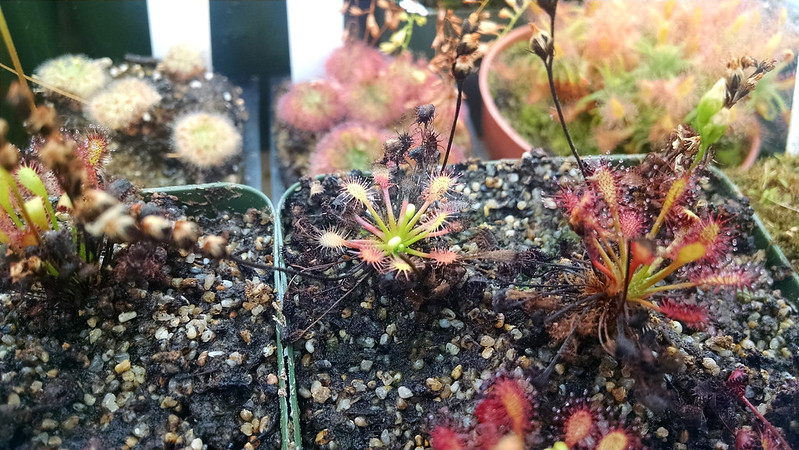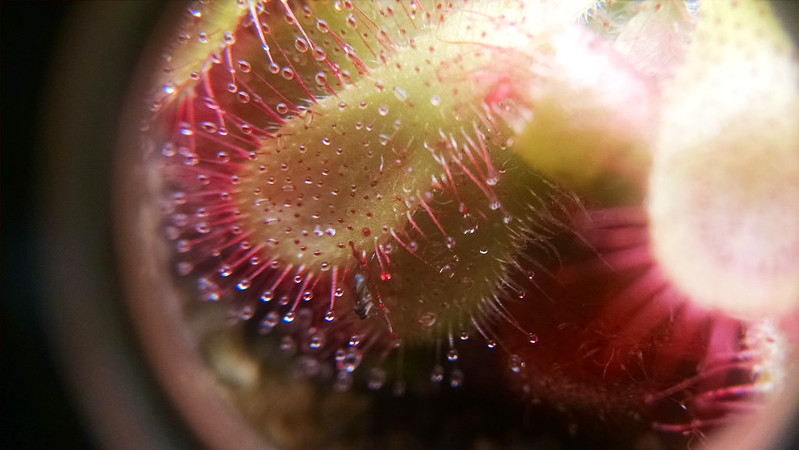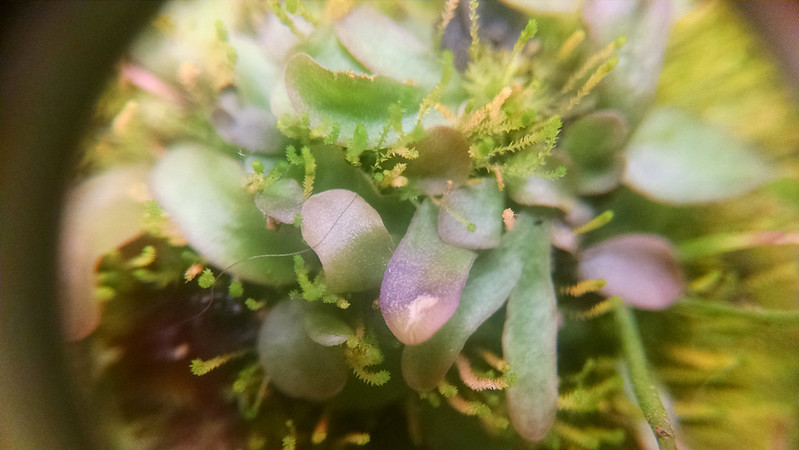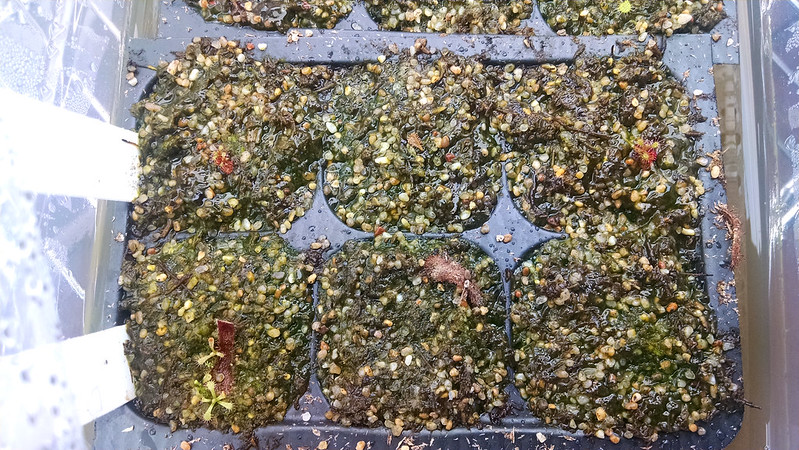This is part of a series of conversations with other growers about their experiences
growing carnivorous plants. It's always useful to see how someone else
does things! The full series can be read here, or by grower at the Series page.
Aidan Selwyn is a carnivorous plant grower living in southern England, where he owns and operates
insektenfang plants, a CP nursery specializing in some truly stunning Sarracenia. I highly recommend you like his
Facebook page, which will provide you with a steady stream of unbelievable carnivorous plant photos to enjoy. He kindly agreed to meet up on Skype last week and have a chat for the blog.
Sundews Etcetera So thanks for agreeing to sit down for an interview.
Aidan Selwyn That's fine.
SE You operate
insektenfang plants, which is a carnivorous plant nursery in the UK.
SE How long have you been growing carnivores, and when did you take it to the next level and start running a nursery?
AS There's not a straightforward answer. I have always grown things, even as a child and I think like most who develop an interest in the carnivorous plants, I obtained and killed several Dionaea as a youngster,
AS Then I obtained Adrian Slack's first book and learned how to keep them alive. From that point on I always kept some carnivores and the number gradually increased.
AS Then you have a collection and the collection grows. With the advent of the Internet it grows faster... and at some point it gets out of hand and you have to decide what to do with it all! In my case I turned an interest into a business and that started around ten years ago.
SE I feel like I've talked to a couple of nursery owners who sort of fell into the business side of things once their personal collections started to become larger and then even larger.
SE You grow primarily Sarracenia, correct? The pictures I've seen of your plants are wonderful.
AS Yes and thank you.
SE What attracts you to that genus in particular?
AS All the genera have a certain fascination and I grow at least some of most. The Sarracenia grow well in my climate, are remarkably easy to care for and very rewarding. Beautiful flowers and long lasting pitchers in an astonishing variety of forms and colours. What's not to like?
 |
| Sarracenia flava var. ornata, Apalachicola National Forest, Florida. Grown by Aidan Selwyn. |
SE Sarracenia are very striking too.
SE They really pop and grab people's attention.
SE Are there any particular challenges in growing carnivores in southern England?
SE Here in California water is a big one, since collecting rainwater just isn't possible most of the time.
AS The climate is ideal for growing the temperate carnivores under glass - or in my case a polytunnel. More usually called a hoop house in the States.
AS It's a bit of a cliché that lack of rain is not usually a problem in England! Spring and summer may be very dry some years, so having sufficient storage for winter rain is important. I have 11,000 litres available and still have to resort to reverse osmosis water purification on occasion.
SE Wow that is a lot of water storage.
AS ...and the plants burn through it in hot weather!
SE How large is your collection of stock?
SE I assume we must be talking about at least hundreds of plants.
AS Actual numbers of plants? I can't give you a precise figure but it must be several thousand. There are at least three examples (mother plants) of every plant I grow, which is the core collection. Plus all the sales plants.
SE To maintain a collection/stock of that size you must spend a good deal of time with your plants every day.
SE Does anyone else work with you, or do you maintain things by yourself?
 |
| Sarracenia x 'Uncle Jim's Road' flower, grown by Aidan Selwyn. |
AS I'm a one man band... The amount of work required to maintain the collection is variable throughout the year. Relatively speaking, summer is the easy time. Autumn and winter are the busiest period spent cleaning up the collection, dividing and repotting plants etc.
SE How often do you repot/divide your Sarracenia? The general advice I've heard is "wait until the rhizome is almost splitting the pot"
AS Rather than letting it reach quite that point, repot when the growth points reach the edge of the pot. Rhizomes will exert tremendous pressure and break pots quite easily, but by that time they will be congested and can prove difficult to disentangle and divide.
SE What's the CP community like in your area?
SE Are there fairly active groups that meet up on a regular basis?
AS There is one national group - The Carnivorous Plant Society. There are open days held most weekends throughout the summer, where a grower opens his/her collection to other members.
 |
| Open day 2012 at insektenfang plants. |
SE See, that's something I've been thinking about trying to get started here in the Bay Area.
SE It must be nice to see how other people grow their plants, and get the opportunity to talk with them about their experiences.
AS It can be interesting, certainly. Especially for new growers. I would think you should be able to organise something with the BACPS.
SE I hope to in the next couple months.
SE What do your friends and family think of your collection, and the fact that you run a carnivorous plant nursery?
AS My parents have always known me to be growing odd plants so I doubt it is any great surprise to them. Others I believe are surprised by the variety and sheer size of plants. As I'm sure you have experienced, mentioning carnivorous plants to the average person usually results in little response other than perhaps a vague awareness of Dionaea.
SE Hahahah totally.
SE And surprise when I tell them it's from the Carolinas.
AS Absolutely and most of your fellow citizens are unaware of the existence of Sarracenia!
SE What the most fun part of growing CPs for you?
AS That is a hard question to answer...
AS Oddly enough, receiving a compliment from other another grower may be very gratifying. To have someone say of my plants "Just like they are in the wild." was a good moment. It means I must be doing something right!
AS Then there is seed, which never ceases to amaze me. Instant life... Just add water!
SE Oh I know.
SE I feel like that when I do leaf cuttings of my Drosera.
SE And then suddenly, there are new plants!
AS (nod)
 |
| Sarracenia flava var. rubricorpora "Red Burgundy", grown by Aidan Selwyn. |
SE I feel like I read somewhere that you don't ship plants to the US, right?
AS That has recently changed. I do now have the facility to provide all the required documentation - Phytosanitary Certificates and CITES export permits. It is however a somewhat complex and expensive process. You are looking at approximately $300 over and above the cost of the plants and shipping. So it is only going to be a worthwhile process for large orders, where the additional cost is effectively split over a number of plants.
SE Well, people definitely do group orders for Nepenthes and Heliamphora that way.
AS Plus any USDA/APHIS requirements at your end.
SE Right.
SE Well it's exciting that at least the possibility exists for Sarracenia enthusiasts here stateside.
AS I will be pleased to service your order Devon! :D
SE :)
SE Well, it's been fun chatting with you!
SE Do you have any parting advice for people who might be just getting into the hobby, or who want to try and make their Sarracenia as beautiful as yours?
AS Warmth, direct sunshine and rain water... and they really are that easy to keep happy.
SE Hahah, excellent.
SE Thanks for sharing your time, it's been a pleasure.
AS Likewise.
I'm sure you want to see more of Aidan's Sarracenia – seriously, go
look at the photostream on the insektenfang plants Facebook page. In the meantime, here's another shot of that
S. flava var
ornata. What a plant.
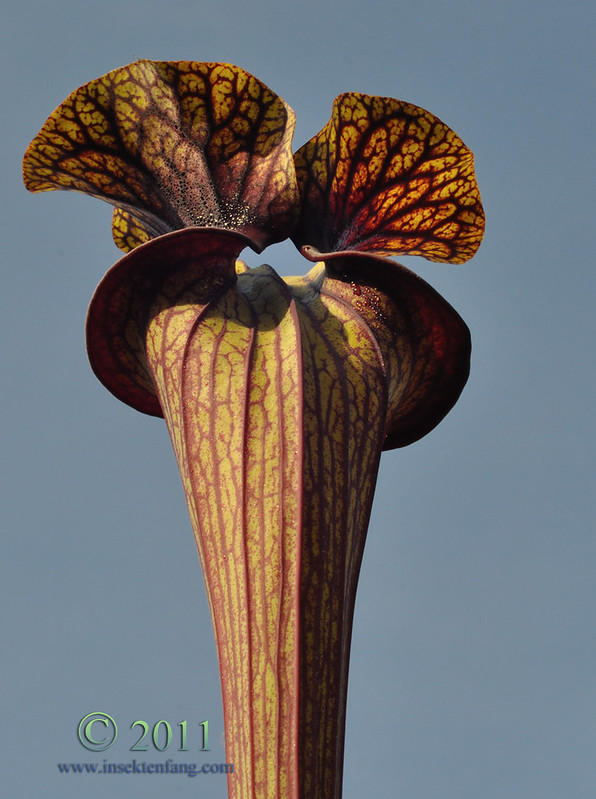 |
| Sarracenia flava var. ornata, Apalachicola National Forest, Florida. Grown by Aidan Selwyn. |






